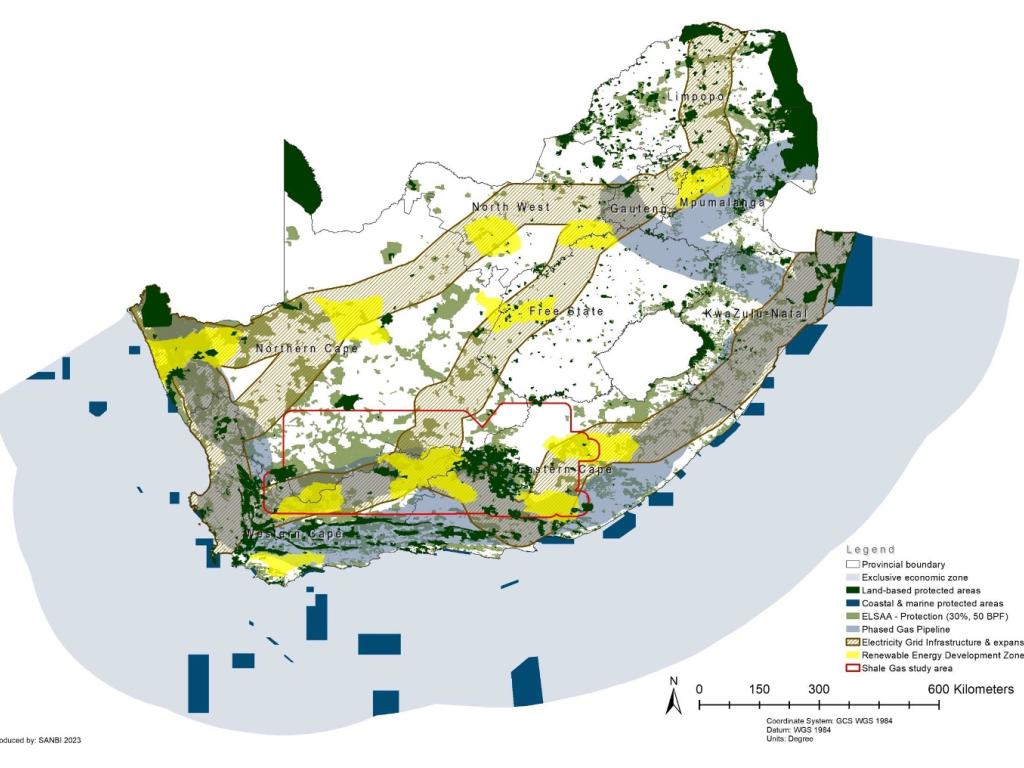The Potential Impact of New Screening Trends Linked to Strategic Infrastructure Projects, Corridors and Zones on Biodiversity Conservation

To meet its global biodiversity conservation commitments, South Africa will need to more than triple its current land coverage within protected and conserved areas in the next five years. It has mapped priority focus areas for protected and conserved areas expansion to enable it to do so. The Government is concurrently seeking to facilitate the roll-out of certain strategic infrastructure projects (SIPs) linked to renewable energy, electricity grid and gas pipeline infrastructure within certain identified strategic infrastructure corridors and zones. Heavy reliance is placed on EIA screening processes to subject activities linked to these SIPs undertaken in these corridors and zones to fast-track EIA approval processes or exclusions. Overlaying the maps depicting land of high biodiversity value with those outlining the strategic infrastructure corridors and zones, highlights potential conflict.
Professor Alexander Paterson recently published an article that critically analyses whether the new screening processes and associated tweaks to the general EIA and approval process linked to the SIPs have the potential to manage and mitigate these potential conflicts. The analysis highlights several challenges linked both to their foundation (including reliance on strategic environmental assessments and screening tools) and the array of procedural safeguards embedded within them. Cumulatively, these challenges hold the potential to undermine South Africa’s efforts to realize its global biodiversity conservation commitments.
You can access a copy of the article published in the South African Law Journal here.
